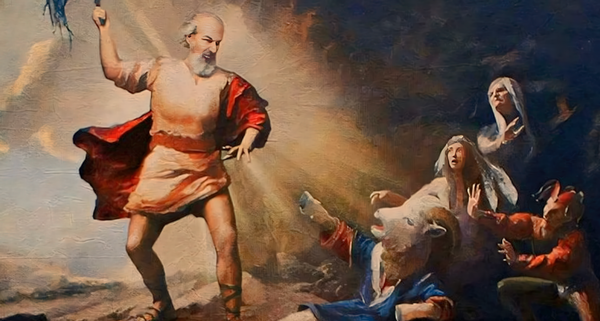Why So Many Mythological Monsters Are Female
As figments of the imagination, the alien, creepy-crawly, fanged, winged and otherwise-terrifying creatures that populate myths have long helped societies define cultural boundaries and answer an age-old question: What counts as human, and what counts as monstrous?
:extract_focal()/https%3A%2F%2Fpocket-syndicated-images.s3.amazonaws.com%2Farticles%2F7737%2F1651119566_GettyImages-157508086.jpg)
In the classical Greek and Roman myths that pervade Western lore today, a perhaps surprising number of these creatures are coded as women. These villains, wrote classicist Debbie Felton in a 2013 essay, “all spoke to men’s fear of women’s destructive potential. The myths then, to a certain extent, fulfill a male fantasy of conquering and controlling the female.”
Ancient male authors inscribed their fear of—and desire for—women into tales about monstrous females: In his first-century A.D. epic Metamorphoses, for example, the Roman poet Ovid wrote about Medusa, a terrifying Gorgon whose serpentine tresses turned anyone who met her gaze into stone. Earlier, in Homer’s Odyssey, composed around the seventh or eighth century B.C., the Greek hero Odysseus must choose between fighting Scylla, a six-headed, twelve-legged barking creature, and Charybdis, a sea monster of doom. Both are described as unambiguously female.




